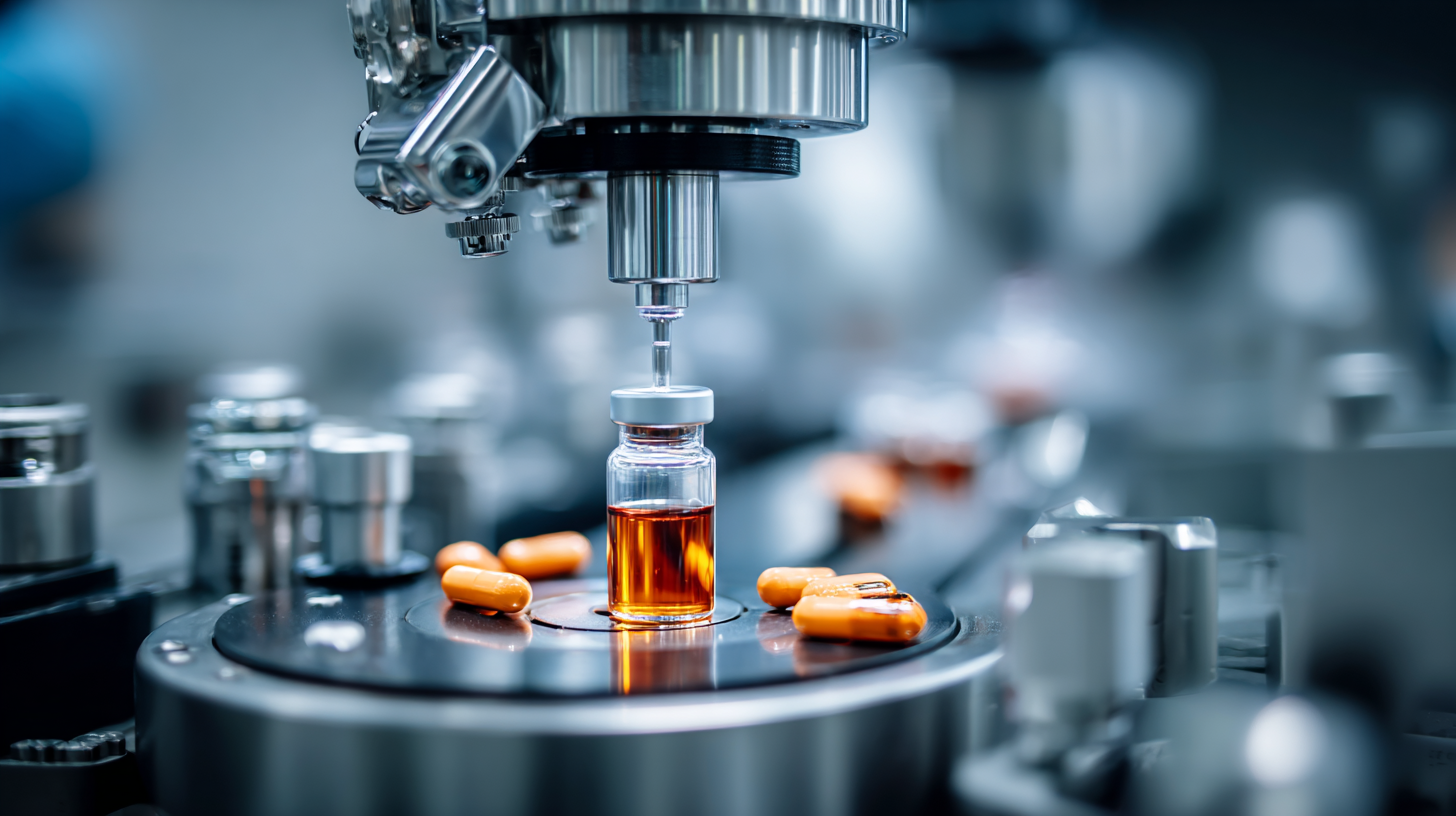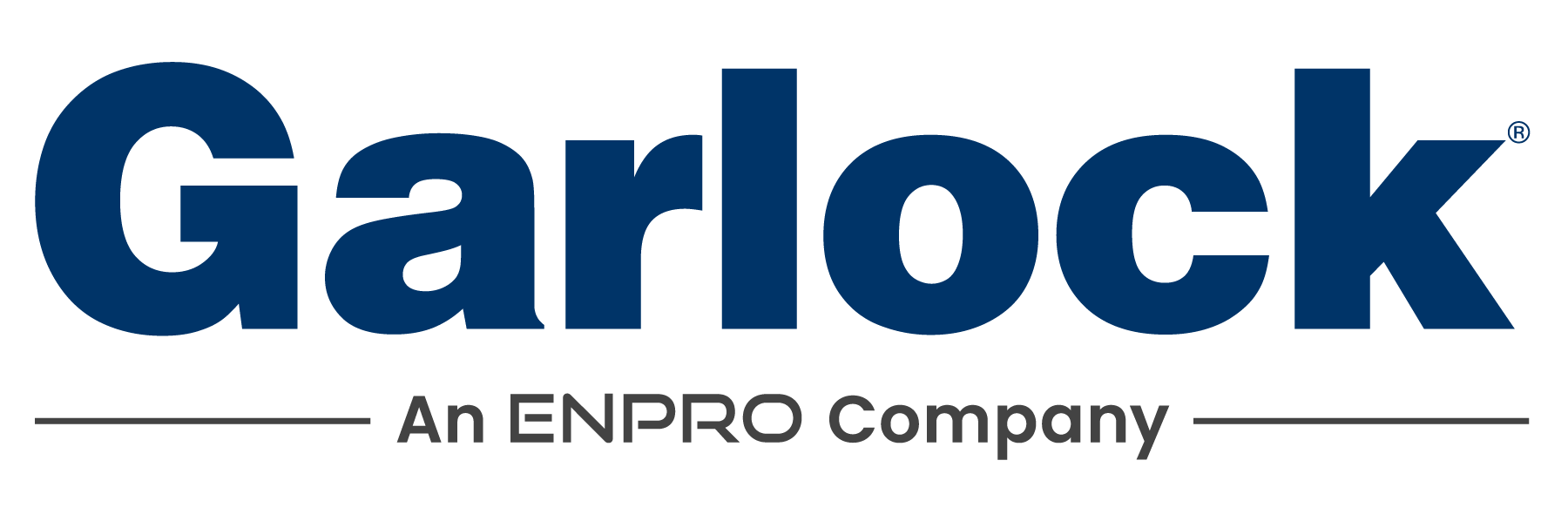How to Optimize API Pharmaceutical Development for Maximum Efficiency
In the rapidly evolving landscape of drug development, the optimization of active pharmaceutical ingredient (API) processes has become crucial for maximizing efficiency and reducing time-to-market. According to the IQVIA Institute for Human Data Science, pharmaceutical companies face an average development timeline of over 10 years and costs that can surpass $2.6 billion for new drug approvals. This underscores the pressing need for strategic enhancements in API pharmaceutical development to streamline operations and ensure compliance with regulatory requirements.

Techniques such as process analytical technology (PAT), continuous manufacturing, and data analytics can significantly reduce inefficiencies, enhance quality control, and minimize waste, ultimately leading to improved profitability and product reliability. By leveraging these innovative approaches, stakeholders can better navigate the complexities of API pharmaceutical development, thereby optimizing the pathway from laboratory bench to patient bedside.
Strategies for Streamlining API Drug Development Processes
In the rapidly evolving pharmaceutical landscape, optimizing Active Pharmaceutical Ingredient (API) development is crucial for enhancing efficiency and reducing time-to-market. With the API market expected to grow significantly from $4.91 billion in 2024 to $80.87 billion by 2031 at a CAGR of 7.14%, pharmaceutical companies must adopt innovative strategies to streamline their drug development processes.
One effective approach is the implementation of advanced technologies such as natural language processing models, which can automate various facets of drug formulation. For instance, the recent introduction of a cutting-edge drug formulation model enables pharmaceutical firms to leverage AI for faster research and development cycles. This not only expedites data analysis but also improves the decision-making process, allowing teams to focus on strategic aspects of drug development.
**Tips:**
- Invest in AI-driven tools to enhance research capabilities and automate repetitive tasks.
- Foster collaboration between AI specialists and pharmacologists to create tailored solutions that address specific challenges in drug formulation.
- Regularly review and update your drug development protocols to incorporate emerging technologies and methodologies that can further optimize efficiency.

Utilizing Data Analytics for Improved API Formulation Efficiency
In the realm of pharmaceutical development, the optimization of Active Pharmaceutical Ingredient (API) formulation is paramount to ensure both efficacy and safety. Data analytics plays a crucial role in enhancing formulation efficiency by enabling more informed decision-making throughout the development process. By leveraging advanced data analysis techniques, researchers can identify patterns and correlations within large datasets, allowing for the rapid iteration of formulations based on historical performance and predictive modeling.
Implementing data analytics tools facilitates a streamlined approach to API development. For instance, machine learning algorithms can analyze previous formulation successes and failures, pinpointing the key variables that influence stability and bioavailability. This insight allows scientists to focus their efforts on the most promising formulations while simultaneously reducing the time and resources spent on less viable options. Additionally, real-time data visualization tools can provide stakeholders with immediate feedback on formulation characteristics, paving the way for quicker adjustments and more efficient workflows in the lab. As a result, the integration of data analytics not only accelerates the API development timeline but also enhances the quality of pharmaceutical products reaching the market.
Best Practices for Collaborating with Regulatory Agencies during API Development
Collaborating effectively with regulatory agencies is crucial for optimizing the development of Active Pharmaceutical Ingredients (APIs). According to a report by the Biotechnology Innovation Organization, nearly 60% of drug development failures are attributed to misalignment with regulatory guidelines. This statistic highlights the importance of early and ongoing communication with agencies such as the FDA or EMA. Establishing a clear dialogue can help clarify regulatory expectations and streamline the development process, potentially shortening timeframes by 20-30%, as found in a recent McKinsey analysis.
Implementing best practices for collaboration involves thorough preparation and documentation of all processes. The FDA recommends continuous feedback during the development stages, advocating for pre-IND (Investigational New Drug) meetings to address any concerns early. A study from Biopharma Dive indicated that projects engaging with regulators before submission can lead to a 40% increase in the likelihood of successful approval. Companies should leverage these interactions to not only fulfill regulatory requirements but also enhance the efficiency of their API development, ultimately delivering safe and effective products to the market more swiftly.
API Development Efficiency Metrics
This chart illustrates the average time cost (in days) associated with different phases of Active Pharmaceutical Ingredient (API) development, along with the collaboration effectiveness score when working with regulatory agencies.
Leveraging Technology to Enhance API Production Workflow
In the competitive landscape of pharmaceutical development, leveraging technology to enhance the active pharmaceutical ingredient (API) production workflow is essential for maximizing efficiency. According to a report by McKinsey & Company, implementing advanced technologies such as artificial intelligence (AI) and data analytics can lead to a 30% reduction in time-to-market for new drugs. These technologies enable organizations to optimize every stage of the API development process, from initial formulation to scaling up production.
Moreover, digitization plays a critical role in streamlining operations. A study by the International Society for Pharmaceutical Engineering (ISPE) highlights that companies adopting digital tools can achieve up to a 25% increase in production efficiency. The integration of real-time monitoring systems allows for more accurate data collection and analysis, enabling manufacturers to make informed decisions quickly and reduce the risk of costly errors. By embracing these innovations, pharmaceutical companies can not only enhance their production workflows but also respond more effectively to market demands and regulatory changes.
Implementing Continuous Improvement Techniques in Pharmaceutical Development
Continuous improvement techniques are critical for optimizing API pharmaceutical development, ensuring that processes are not only efficient but also adaptable to changing regulatory and market demands. By implementing methodologies such as Lean and Six Sigma, pharmaceutical companies can analyze workflows, identify bottlenecks, and eliminate waste. For instance, using value stream mapping allows teams to visualize process stages and make data-driven decisions to streamline operations, ultimately shortening development timelines and reducing costs.
Moreover, fostering a culture of continuous improvement encourages collaboration and innovation among cross-functional teams. Regular feedback loops and iterative processes enable teams to refine their approaches based on real-time data and insights. Additionally, embracing technologies such as automation and advanced analytics can facilitate these improvements, allowing for more precise monitoring and evaluation of processes. By systematically applying continuous improvement techniques, pharmaceutical developers can enhance product quality, ensure compliance, and respond swiftly to market changes, paving the way for successful API development.

Related Posts
-

The Ultimate Guide to API Manufacturing: Unlocking Efficiency in Pharmaceutical Production
-

Maximizing Efficiency in API Manufacturing with Digital Strategies and Key Industry Insights
-

Unlocking the Secrets of Best Pharmaceutical Manufacturing Technical Specifications and Key Sourcing Strategies
-

Unlocking the Advantages of API Manufacturing for Enhanced Product Quality
-

The Future of API Manufacturing Innovations Driving Global Supply Chain Efficiency
-

5 Best APIs Reshaping the Future of the Pharmaceutical Industry
